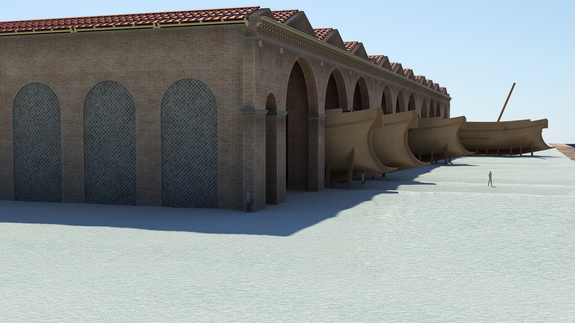I'm scrabbling, sweating, straining up a steep incline, my running shoes sliding back downhill on the chalky white ground. My hat's in the car where it doesn't belong on this unusually hot March afternoon, and I can feel my forehead starting to sear. Getting myself into this position took three hours in crawling traffic and then a boat ride to Mound Key, in Estero Bay. I have to ask myself: "You agreed to this?''

© Suzanne WilliamsonThe temple mound in Crystal River Archaeological State Park shows its height and a scar from shell removal, which occurred before the preservation of its 14-acre, six-mound complex — said to have been occupied for 1,600 years.
I did. Soon after we moved to Tampa Bay my wife Suzanne began traveling around Florida to photograph American Indian heritage sites. The old bungalow felt empty without her and, besides, she was heading into some remote areas alone. So I tagged along.
These Indian mounds, as they're known, are man-made structures of earth, shells and sand, built by prehistoric and historic civilizations. Beginning as long as 7,000 years ago and continuing into the 1700s, American Indians living in nature transformed it - working without metal tools, pack animals, or the wheel. Florida is rich in these mounds, Suzanne explained, especially along the west coast and around Tampa Bay.











